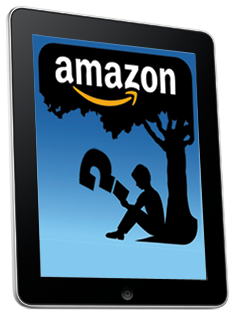 Some of you may find this difficult to believe, but there was once a time when this country was positively bulging at the seams with cavernous retail establishments that offered books, recorded music, home video, or some combination thereof. Okay, there are still some of them left. But with Monday’s news that bookselling behemoth Borders is filing for bankruptcy and shuttering at least 200 stores, it’s worth taking a look at what’s happened to the retailing of physical media in this country in recent years. It’s been a remarkably bleak time.
Some of you may find this difficult to believe, but there was once a time when this country was positively bulging at the seams with cavernous retail establishments that offered books, recorded music, home video, or some combination thereof. Okay, there are still some of them left. But with Monday’s news that bookselling behemoth Borders is filing for bankruptcy and shuttering at least 200 stores, it’s worth taking a look at what’s happened to the retailing of physical media in this country in recent years. It’s been a remarkably bleak time.
The music retailing business has almost completely collapsed; the nation’s biggest video-rental outfit is bankrupt and its largest competitor folded last year; Borders is threatened with extinction and its larger and more successful rival, Barnes & Noble, faces serious challenges. All this woe has befallen these industries at the same time that digital media–from music downloads to streaming movies–has boomed.
You can’t blame digital content alone for media retailing’s hard times. Storekeeping has always been a tricky business, especially during economic slumps. (I don’t think that MP3s or iTunes had anything to do with the demise of big chains such as Linens n’ Things. Long before Amazon and Netflix started distributing content digitally, they up-ended their respective industries by shipping physical goods through the mail–Amazon has better prices every day than Borders has when it’s having a going-out-of-business sale.) And several of the giant retailers that have crashed seem to have been the victim of their own boneheaded business decisions more than anything else. (Borders opened three locations within two miles of each other in San Francisco, all of which are now toast; the management of Hollywood Video mocked Netflix-style mail-order DVD distribution as a blip they didn’t need to concern themselves with.)
Anyhow, here’s a timeline of what’s happened to the nation’s largest physical-media merchants over the past eight years. It starts in February of 2003–a little over four years after Diamond Media released the Rio PMP300 MP3 player, a moment that I, at least, consider the real beginning of the digital revolution.
Ready?
Continue Reading →


 Barnes & Noble’s first e-reader was the
Barnes & Noble’s first e-reader was the  A little over a week ago, I wondered whether the world needed
A little over a week ago, I wondered whether the world needed 



 Back in August, I wrote about Amazon.com’s odd habit of
Back in August, I wrote about Amazon.com’s odd habit of